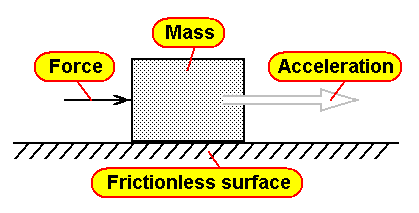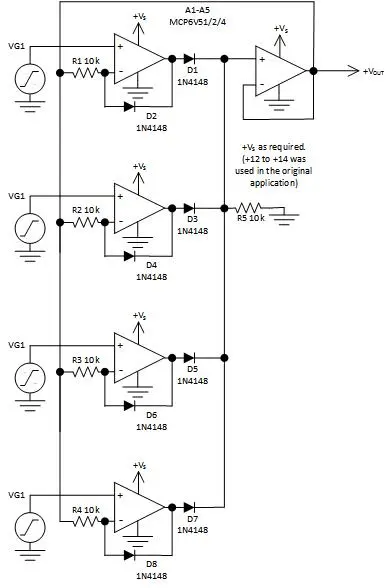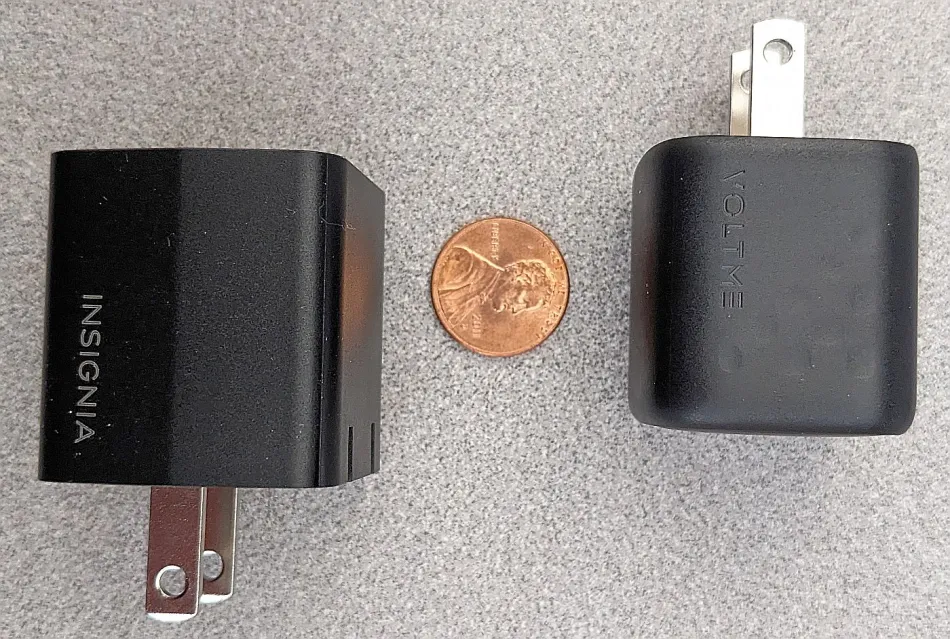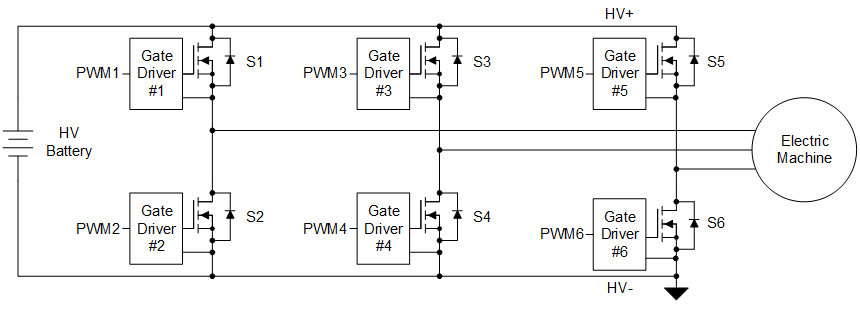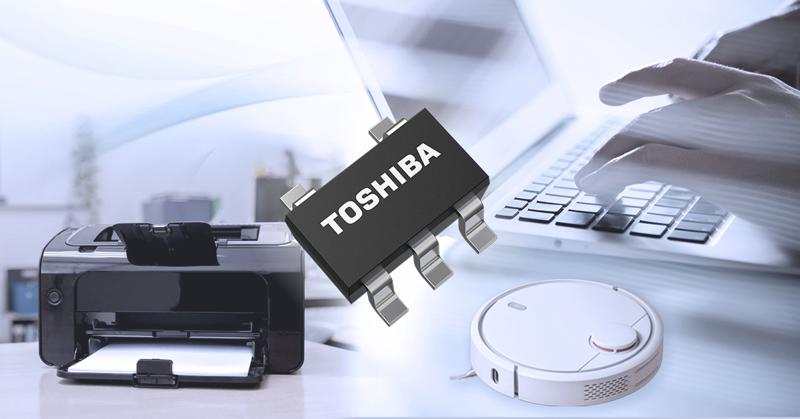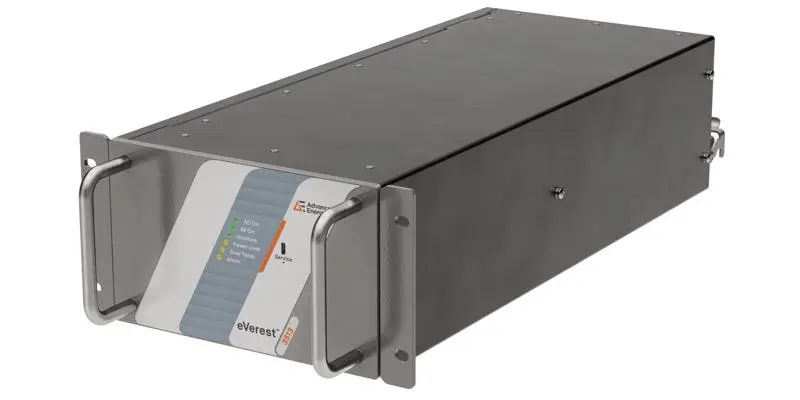
Inductance comparator
- Analog
- 2023-09-23 21:19:44
The diagrams of two simple balance-bridge devices are given, which allow for the comparing of two inductances with high accuracy. An LED indicator, or high-impedance telephone headphones, are used as an unbalance indicator.
Wow the engineering world with your unique design: Design Ideas Submission Guide
Control of the minimum deviations of the inductance value is relevant in measuring and control equipment; for instance, when taking into account the number of parts on the conveyor or, when monitoring the distance to metal or ferromagnetic materials.
Earlier, the author proposed a comparator of capacitances. The operation of the devices listed below is based on the same well-known principle. To indicate the inductance deviation, a symmetric inductive-resistive bridge L1, L2, R1, R2 is used, along the diagonal of which the inputs of the comparator U1 LM339 are connected, Figure 1. The comparator load is LED1 and/or high-resistance telephone headphones TLF1.




Rectangular pulses with a frequency of 1 kHz, a voltage of 10 V and with a pulse fill factor of D = 50% are fed to the input of the device. When the circuit is balanced, there is a minimum current flow through LED 1, providing a barely noticeable glow. If the circuit is not balanced, pulses appear at the output of the comparator, the width of which increases with increasing degree of imbalance. The brightness of the LED increases.
If the high-resistance telephone headphones TLF1 are connected in parallel to the LED 1 and the current-limiting resistor R3, the sensitivity of the device increases noticeably. When the circuit is balanced, there is no sound in the headphones. If the bridge is not balanced, the volume of the 1 kHz audio signal increases. The sensitivity of the device allows you to indicate a change in inductance in hundredths of a percent.
The value of the inductive resistance of the inductors L1 and L2 should be commensurate with the active resistance of the bridge resistors R1 and R2 at the measurement frequency.
A more advanced circuit of the inductance comparator is shown in Figure 2. The device provides the possibility of balancing the bridge with a potentiometer R5, and two comparators U1.1 and U1.2 of the LM339 chip are used to expand the display range. The use of a resistive divider in the input circuits of the bridge circuit allows you to choose the sensitivity for the indication of the degree of imbalance in the inductive-resistive bridge. To expand the display range, the number of display stages (comparators) can be increased.

Figure 2 Two-stage inductance comparator with resistive balancing.
Michael A. Shustov is a doctor of technical sciences, candidate of chemical sciences and the author of over 750 printed works in the field of electronics, chemistry, physics, geology, medicine, and history.
Related Content
Capacitor capacity comparatorThe electronic analogue of the push-button switcherImproved comparators distinguish between A = B = 0 and A = B = 1 states to enable better designsSimple XOR logic elements on transistorsInductance comparator由Voice of the EngineerAnalogColumn releasethank you for your recognition of Voice of the Engineer and for our original works As well as the favor of the article, you are very welcome to share it on your personal website or circle of friends, but please indicate the source of the article when reprinting it.“Inductance comparator”

